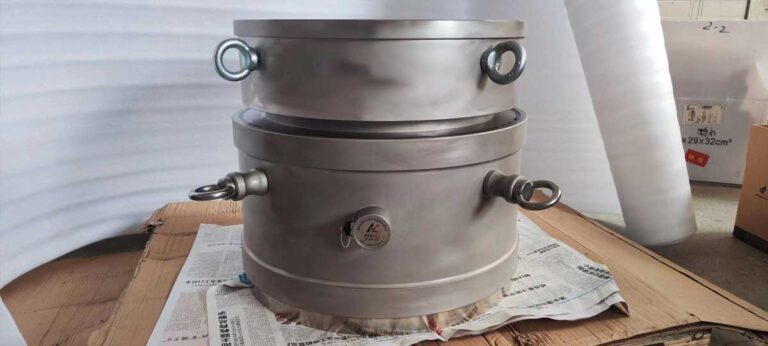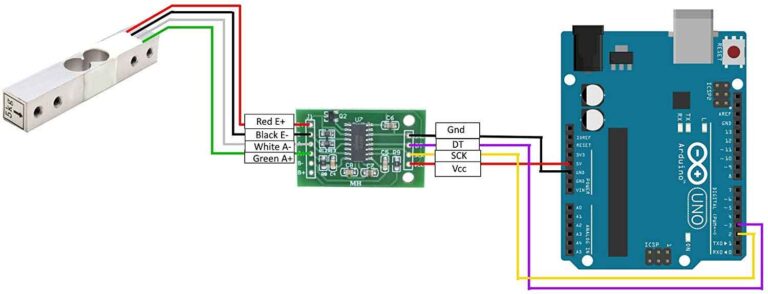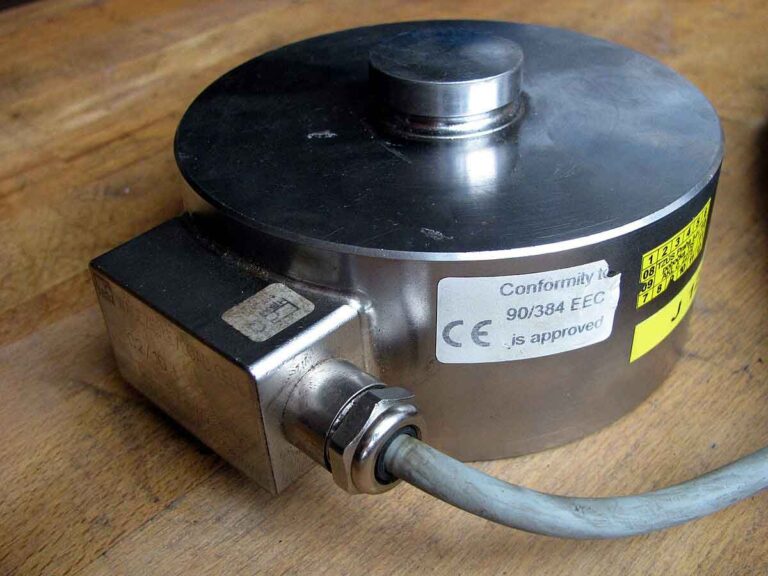For any weighing system, the accuracy of the measurements depends on the proper calibration and integration of load cells. In this blog, we will discuss the significance of load cell calibration, load cell wiring, and the integration of load cells into various circuits, focusing on keywords like load cell sensor and load circuit.
Load Cell Calibration
Calibration is a critical process that ensures the load cell’s output is precise and reliable. Regular load cell calibration is necessary to maintain accuracy and is typically done using known weights to adjust the load cell’s output.
Load Cell Wiring and Circuit Integration
1.Load Cell Wiring
- Proper wiring is crucial for the correct functioning of a load cell. Follow the wiring diagrams provided by the manufacturer to ensure correct connections and avoid measurement errors.
2.Load Circuit Integration
Integrating a load cell into a load circuit requires careful consideration of the system’s requirements. Proper circuit design ensures that the load cell’s output is accurately measured and processed.
Types of Load Cells in Circuits
Different types of load cells are used in various circuits depending on the application. For example:
- Compression Load Cell: Used in circuits for weighing heavy objects.
- S Type Load Cell: Used in circuits where both tension and compression measurements are required.
- Shear Beam Load Cell: Ideal for platform scale circuits.
Accurate load cell calibration and proper wiring are essential for reliable measurements. For high-quality load cells and expert advice on calibration and circuit integration, visit our load cell supplier page.






